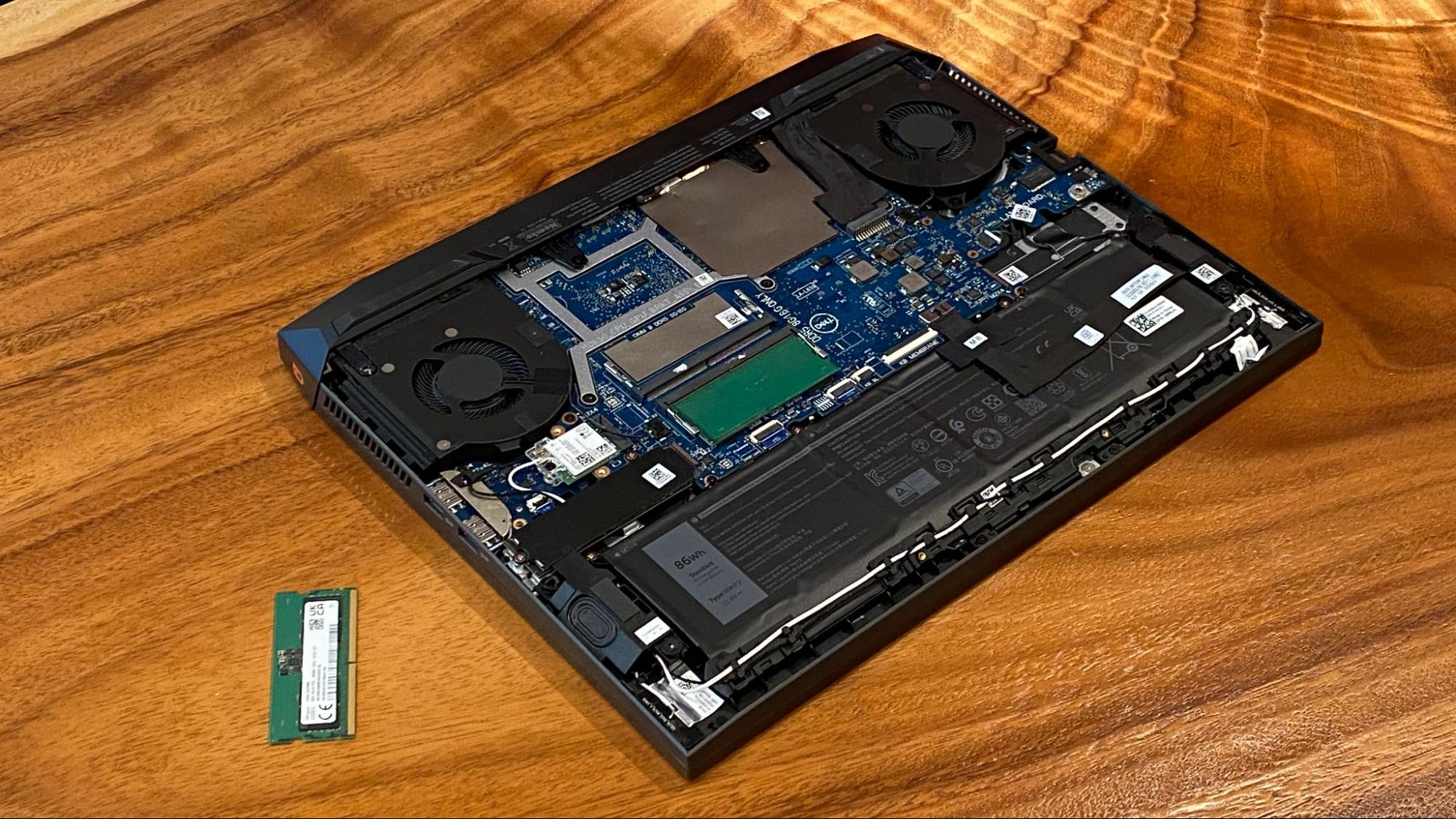How to increase RAM on laptop: Easy Upgrade Guide
Check for Extra RAM Slots
To begin your journey on how to increase RAM on laptop, first check if your laptop has extra RAM slots available for expansion. This can usually be done by consulting your laptop's manual or by looking up the specifications online. If there are additional slots, you can easily add more RAM without replacing the existing modules.
Use Crucial System Advisor Tool
The Crucial System Advisor tool is a helpful resource that can guide you in determining whether your laptop's RAM is upgradable. By entering your laptop's make and model, the tool will provide you with information on compatible RAM options and the maximum capacity your laptop can support.
Review Current RAM Usage
To effectively manage your laptop's memory, review the current RAM usage by accessing the Performance tab in Task Manager. This will show you how much RAM is currently in use and the maximum capacity available, giving you insights into whether an upgrade is necessary.
Check RAM Specifications on Mac
If you are a Mac user, you can check your RAM specifications by navigating to the Apple menu, selecting "About This Mac," and then clicking on the Memory tab. This will provide you with details about the installed RAM and whether it can be upgraded.
Replace Existing RAM Modules
If your laptop allows it, consider replacing existing RAM modules with higher capacity ones. This is one of the most effective ways to increase your laptop's memory and improve overall performance. Ensure compatibility with your laptop's specifications before purchasing new RAM.
Close Unnecessary Applications
Another simple method to manage RAM is to close unnecessary applications and processes running in the background. This can free up valuable memory resources, allowing your laptop to run more efficiently.
Disable Startup Programs
Disabling startup programs that automatically run when your laptop boots up can significantly improve boot times and free up RAM. You can manage these settings through the Task Manager on Windows or System Preferences on Mac.
Use Lightweight Application Alternatives
Consider using lightweight alternatives for applications that consume a lot of RAM. For example, opting for simpler text editors instead of full-fledged word processors can help reduce memory usage.
Scan for Malware and Viruses
Regularly scanning for and removing malware or viruses is crucial, as these malicious programs can consume significant amounts of memory. Use reliable antivirus software to keep your system clean and optimized.
Clear Browser Cache and Limit Tabs
Clearing your browser cache and limiting the number of open tabs can also help reduce memory usage. Browsers can be memory-intensive, so managing your browsing habits can lead to better performance.
Adjust Virtual Memory Settings
Adjusting your operating system's virtual memory settings can optimize performance. Virtual memory acts as an extension of your RAM, so configuring it correctly can help manage memory more effectively.
Use Disk Cleanup Tools
Utilizing disk cleanup tools to remove temporary files and free up system resources is another effective strategy. Regular maintenance can help keep your laptop running smoothly and efficiently.
Upgrade Your Operating System
If your laptop supports it, consider upgrading your operating system. Newer versions often come with better memory management features that can enhance performance and efficiency.
Consider a RAM Disk
For frequently accessed files, consider using a RAM disk. This virtual disk uses a portion of your RAM to store files, resulting in faster access times and improved performance.
Limit Browser Extensions and Plugins
Limiting the number of browser extensions and plugins can help reduce RAM usage. Each extension consumes memory, so keeping only the essential ones can lead to better performance.
Regularly Update Software and Drivers
Regularly updating your software and drivers ensures optimal performance. Updates often include improvements and bug fixes that can enhance memory management and overall system efficiency.
Use Performance Monitoring Tools
Utilizing performance monitoring tools can help identify memory-hogging applications. By pinpointing which programs consume the most RAM, you can make informed decisions about what to close or uninstall.
Utilize Cloud Services for Storage
Consider using cloud services for storage to reduce local memory usage. By offloading files to the cloud, you can free up space on your laptop and improve performance.
Consider External SSD for Storage
If applicable, consider using an external SSD for additional storage and performance. External SSDs can provide faster access to files and applications, reducing the load on your laptop's RAM.
Optimize Power Settings
Optimizing your laptop's power settings can help balance performance and memory usage. Adjusting these settings can lead to improved efficiency and longer battery life.
Use Memory Compression Feature
If your laptop supports it, consider using a memory compression feature. This can maximize available RAM by compressing data in memory, allowing for more efficient use of resources.
If you liked it and want to know more content similar to How to increase RAM on laptop: Easy Upgrade Guide. Visit our category Computing











By posting you agree to the Privacy Policy
Basic information on data protection